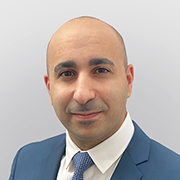Medial meniscal injury
How is it caused?
The medial meniscus is more commonly injured than the lateral meniscus because it’s less mobile, and is directly attached to the medial collateral ligament and joint capsule. The blood supply to both menisci is poor, which makes it more difficult for them to heal once they are injured.
Meniscal injuries usually happen when the knee is suddenly twisted in a bent position while the foot is still in contact with the floor. This type of injury often happens while playing rugby or football.
As we get older, however, the meniscus becomes more brittle and is more likely to tear, even with minimal force (this is known as a degenerate meniscal tear).
What are the symptoms?
- Injuries usually result in immediate pain, followed by gradual swelling in the knee and limited movement
- You may then experience pain on the medial side (inside) of the knee during certain activities such as twisting, kneeling and deep bending
- Sometimes the knee can lock in position if part of the meniscus becomes trapped in the joint
How is it diagnosed?
Following an examination, the diagnosis is usually confirmed with an MRI scan.
How is it treated?
Non-operative treatment: this includes managing swelling and pain with anti-inflammatory medication, along with altering your activity levels to protect the knee from further injury. You will also be shown how to carry out exercises to help regain the flexibility and strength of the knee. In certain circumstances your doctor may recommend a cortisone injection into the side of the knee under ultrasound guidance. Although this treatment won’t heal the meniscus, it can help the pain to settle and is often tried initially in degenerate tears, or if you have osteoarthritis.
Surgery: if you need to have surgery, this is usually carried out arthroscopically as a day case procedure under a general anaesthetic. The type of procedure will depend on the extent of the damage and may involve a meniscus repair or partial meniscectomy.
Important: This information is only a guideline to help you understand your treatment and what to expect. Everyone is different and your rehabilitation may be quicker or slower than other people’s. Please contact us for advice if you’re worried about any aspect of your health or recovery.

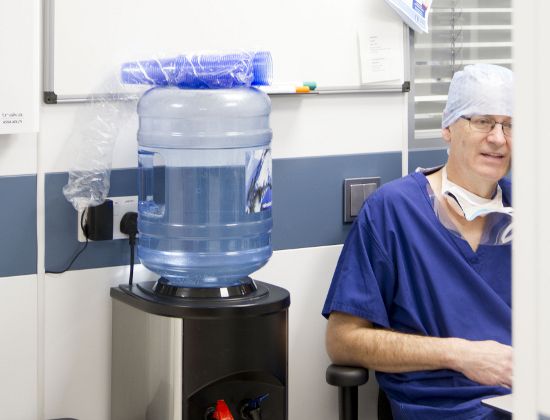
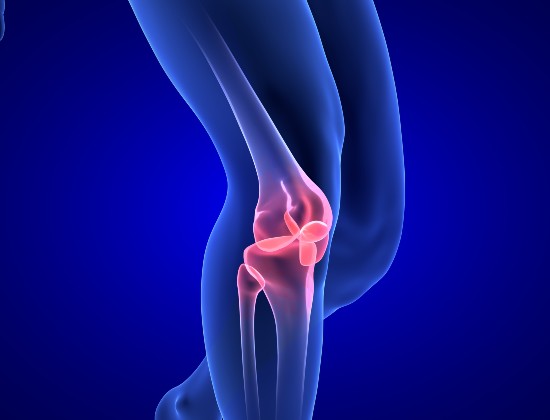
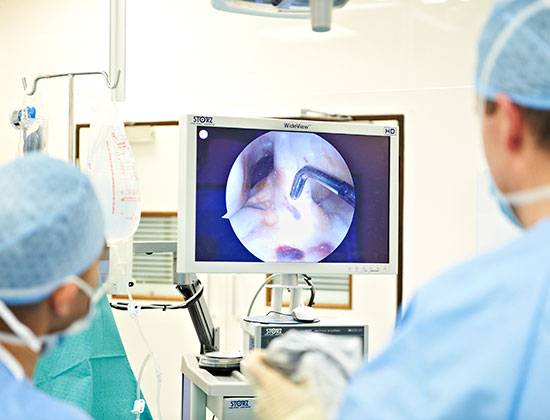
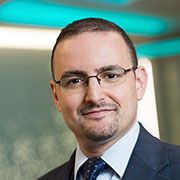








.png)
